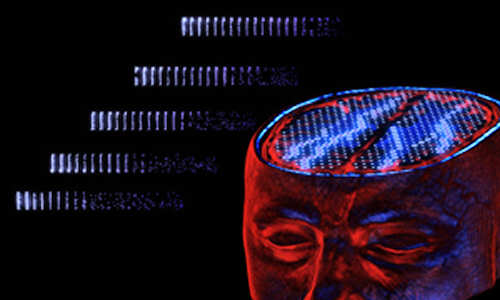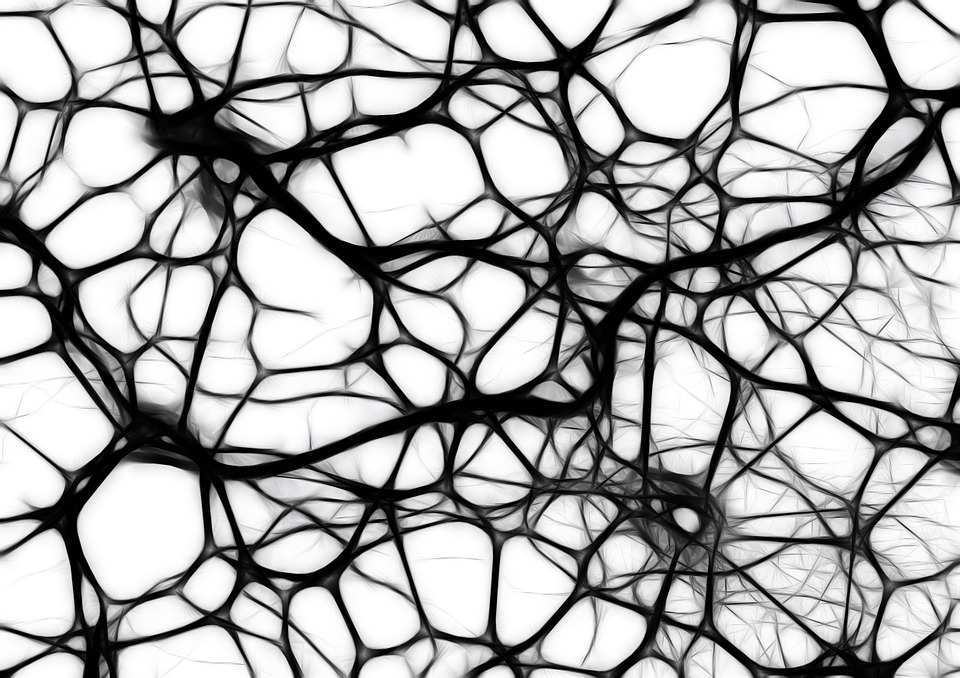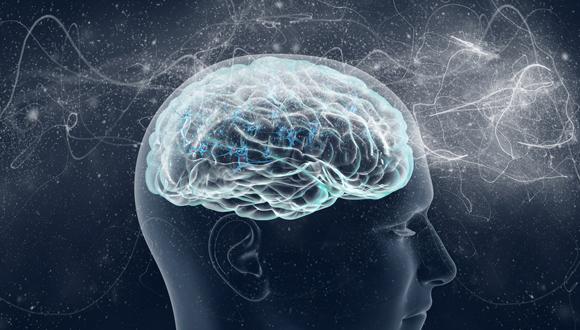How nerve cells within the brain communicate with each other over long distances has puzzled scientists for decades.
The way networks of neurons connect and how individual cells react to incoming pulses in principle makes communication over large distances impossible. Scientists from Germany and France provide now a possible answer how the brain can function nonetheless: by exploiting the powers of resonance.
As Gerald Hahn, Alejandro F. Bujan and colleagues describe in the journal “PLoS Computational Biology”, the ability of networks of neurons to resonate can amplify oscillations in the activity of nerve cells, allowing signals to travel much farther than in the absence of resonance. The team from the cluster of excellence BrainLinks-BrainTools and the Bernstein Center at the University of Freiburg and the UNIC department of the French Centre national de la recherche scientifique in Gif-sur-Yvette created a computer model of networks of nerve cells and analyzed its properties for signal propagation.
Earlier propositions how information travels through the brain had the flaw of being biologically implausible. They either postulated strong connections between distant brain areas for which there was no evidence, or they required a global mechanism setting these distant parts of the brain into linked oscillations. However, nobody could explain how this could actually be implemented.
The simulation study of Hahn and Bujan required neither unrealistic network properties nor the existence of a pacemaker for the brain. Instead, they found that resonance could be the key to long-distance communication in networks with relatively few and weak connections, as it is the case in the brain. Not all nerve cells excite other cells; some inhibit the activity of others. This means that the activity in a network can oscillate around a certain level of activity as a result of the interplay of excitation and inhibition. These networks typically have preferred frequencies at which oscillations are particularly strong, just as a taut string on a violin has a preferred frequency. If the activity tunes into this frequency, pulses propagate much farther. As the scientists point out, the combination of oscillatory signals together with resonance induced amplification may be the only possible form of long distance communication in certain cases. They further suggest that a network’s ability to change its preferred frequency may play a role in the way how information is at times processed differently in the brain.
Story Source:
The above story is based on materials provided by Albert-Ludwigs-Universität Freiburg.





